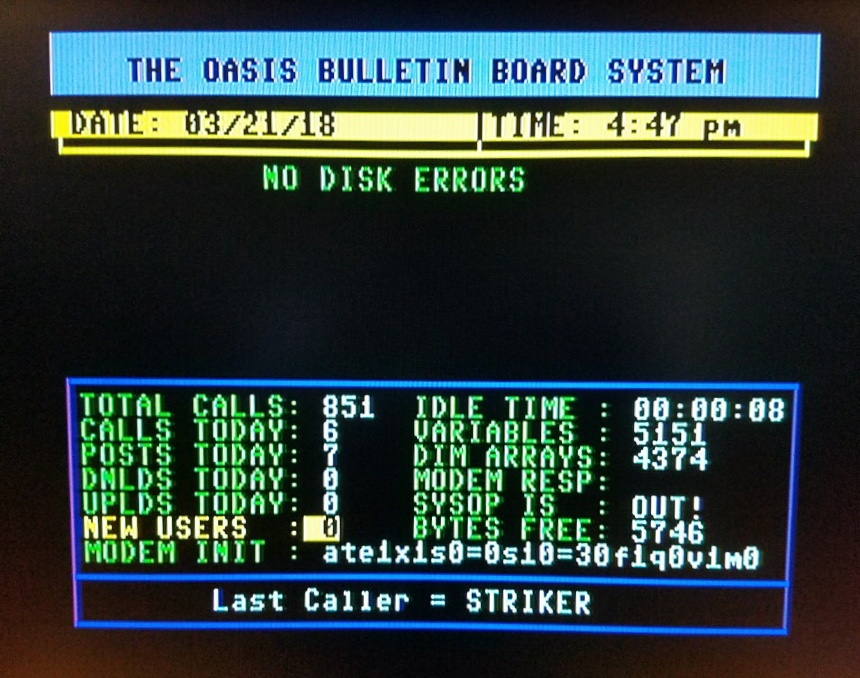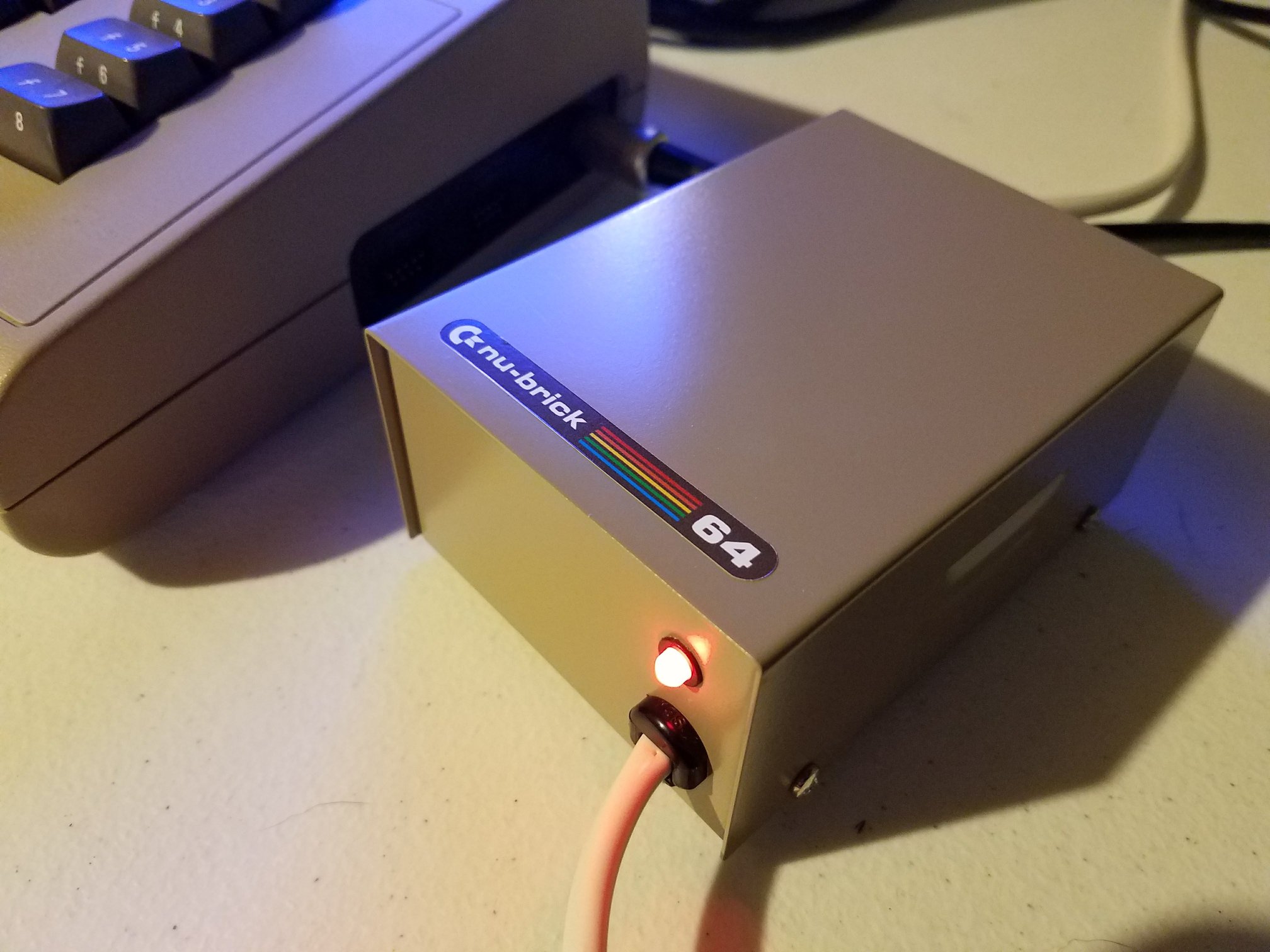It’s been a year since the last update on the Commander X16, and there is a lot of exciting news to share. Many of these updates were held back to present at VCF Midwest in Chicago a few weeks ago. Now that the presentation is over, David Murray aka The 8-Bit Guy shares everything,
Over the past year, there has been footage documenting the production process of the X16. Many may have already seen the footage of Suntronic manufacturing the first 100 boards, where Kevin was still assembling the Vera boards by hand. For the next run of 1,000 units, Suntronic also produced the Vera boards as surface-mounted products. Here is a walkthrough of that process.
The production starts with large, panelized boards containing 10 Vera boards. These panels are loaded into a magazine and sent into pick-and-place machines, which meticulously place the components. After the components are positioned, the boards are passed through a machine resembling a giant pizza oven, melting the solder.
Next, quality control follows with a 3D scan of the solder joints, much like a CAT scan. After inspection, larger parts like VGA ports, which cannot be machine-placed, are installed manually before the boards are wave soldered. Once completed, the boards are cleaned and prepared for slicing. Any remaining components are snapped off by hand where necessary.
Producing 1,000 Vera boards took only a few hours, an impressive improvement compared to the much longer process for through-hole components on the mainboard. This highlights the need to transition the Commander X16 to an all-surface-mount design for faster, cheaper production and greater parts availability. However, the focus has been on other projects.
First up is the X16 MIDI Card. Although it may not resemble a traditional MIDI card due to the smaller jacks, adapter cables can be used to connect standard MIDI devices. The card also supports a wavetable add-on, reminiscent of the old Sound Blaster cards. The Little Dreamer, a wavetable card based on the SAM2695 chip, can easily be plugged into the X16’s expansion slot to enhance sound capabilities.
Additionally, a program called Melodius now plays the proprietary ZSM music format on the Vera or Yamaha YM2151, and it has been upgraded to support MIDI playback. The MIDI card has also been integrated into the game Petscii Robots, where the sound effects still use Vera, but the music is played through the MIDI card for an immersive audio experience.
Another exciting development is the new serial/Wi-Fi card, featuring a 16550 UART and support for two serial ports. One port is dedicated to RS-232, while the other is connected to an ESP32 module running Bo Zimmerman’s ZiModem software, enabling IP-based communication. The development of RomTerm, a terminal application, supports connecting to modern and vintage BBSs. Users can explore BBS art, interact with ANSI games, and even send emails.
The Wi-Fi card has the potential to pave the way for multiplayer games, such as a multiplayer version of Planet X16. The card has undergone several iterations. The second version was for experimentation, featuring a Wi-Fi module with an internal antenna. The third iteration, intended for sale, had a footprint error that placed the ESP module on the back. The fourth generation was briefly sold but had a hardware bug related to IRQs. The fifth version has resolved this issue and should be available for sale soon, representing nearly eight months of design and testing.
Another project in the works is a radio card. This card supports AM/FM/Shortwave bands and receives WWVB, the atomic clock signal, via a small antenna. However, future versions may remove this feature since the FM chip used can also obtain the clock signal from FM stations. The card communicates with the computer via I2C and includes a jumper to select between two I2C addresses. Like the MIDI card, audio is transmitted through the bus, so all that is needed is to plug in the card and connect an antenna.
There are also new games and applications developed for the system over the past six to eight months. The file manager functions like Norton Commander or Midnight Commander, allowing users to change directories, copy files, and edit text files directly.
Several new games have also been added. Asteroids mimics the original vector-style game, Crazy Frog features sound, and Karn is a scrolling platform game still in development. KG3D has made progress, featuring sprites and lighting effects, while Manic Miner is a near-perfect port of the Sinclair Spectrum game. Other games include Othello, PacMan, and Petscii Robots, which now has upgraded bit-mapped graphics for higher quality.
There have also been recent ports of Ozmoo, supporting Infocom games like Zork, and Time Pilot, retaining the original game’s aspect ratio. Additionally, a parallax scrolling UFO abduction game is in development, inspired by a visit to Roswell, New Mexico.
The latest games include Warlock’s Dungeon, a Gauntlet clone, and X16 Maze, an addictive text-mode puzzle game. There was also a port of Future Crew’s Second Reality demo showcased at VCF, faithfully recreating the original 1993 demo using original assets but running entirely on the X16’s CPU.
Finally, about 1,100 units of the system have been sold, and production will soon restart. Pre-orders are available on the TexElec website, with plans to focus on a second-generation surface-mount product next year, as well as expanding X16 online services with a more interactive BBS.







